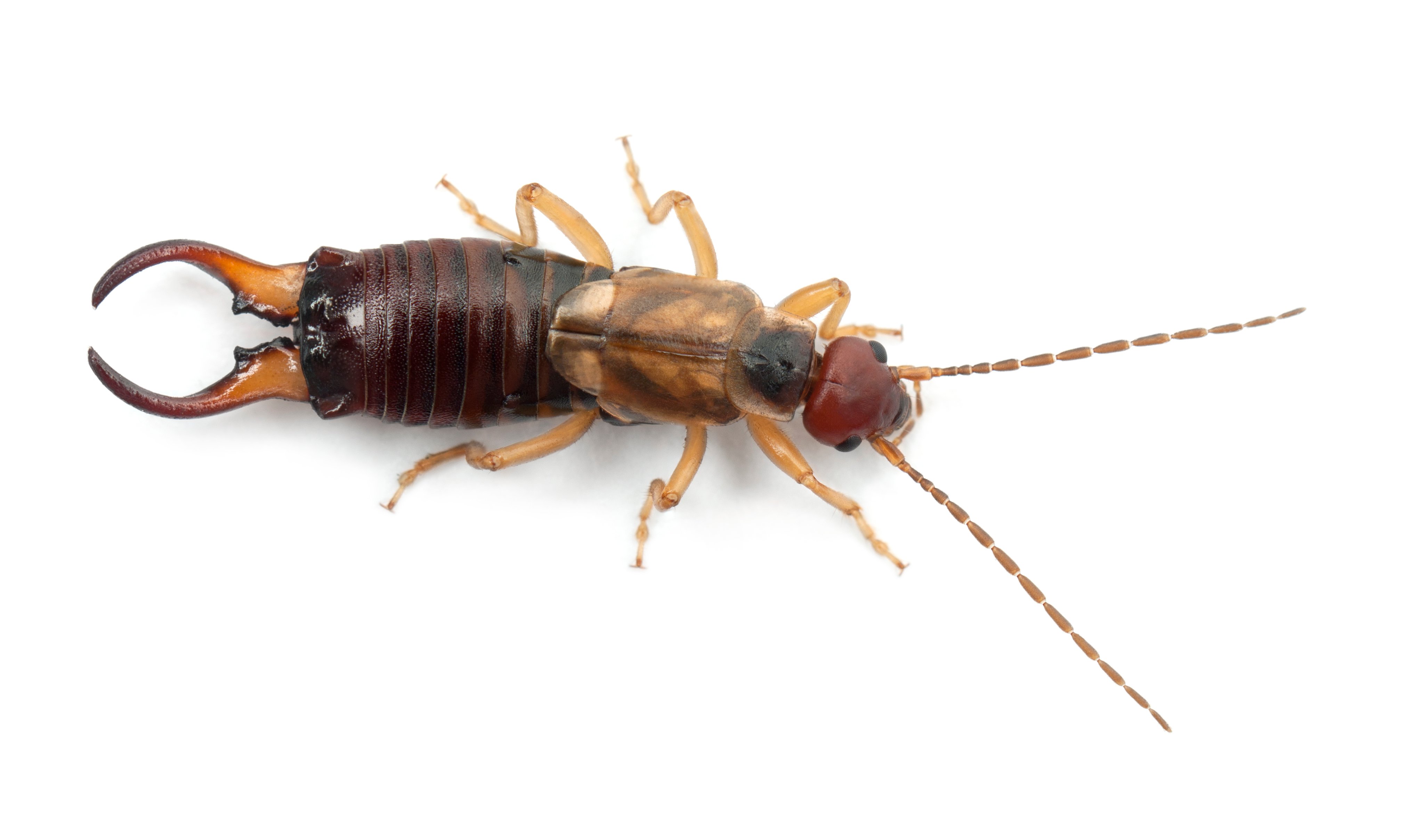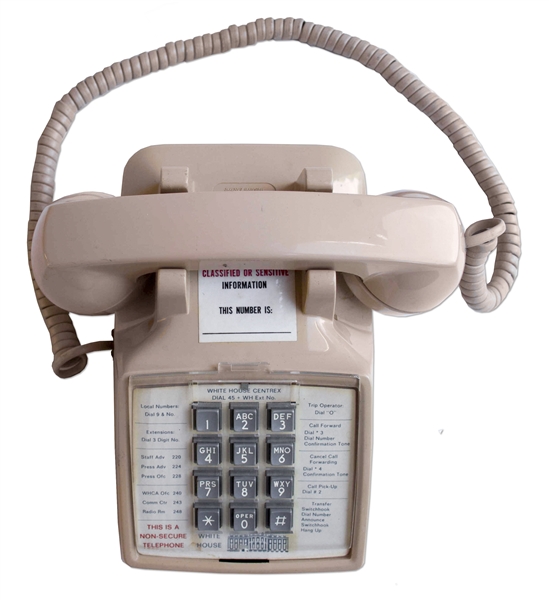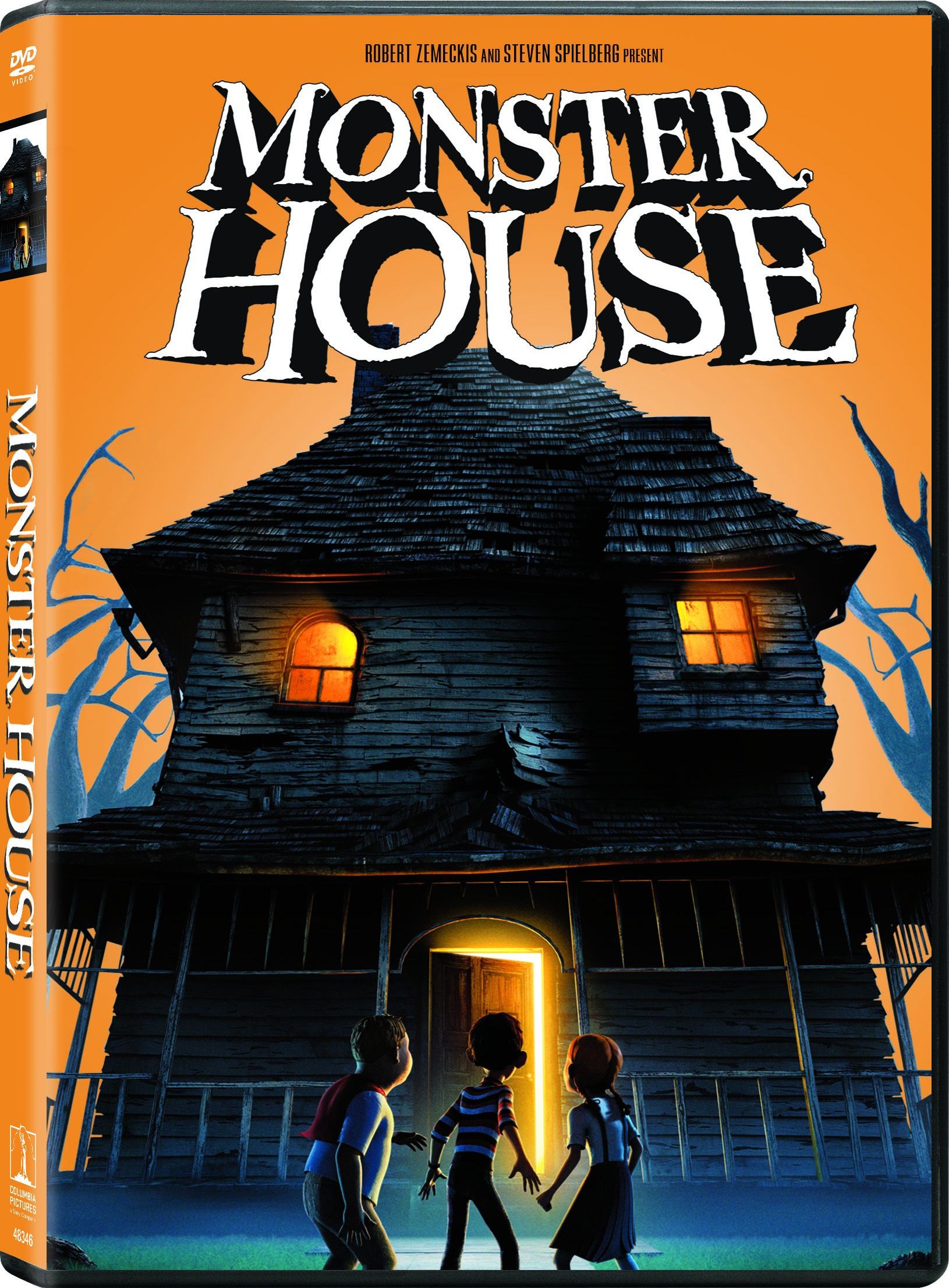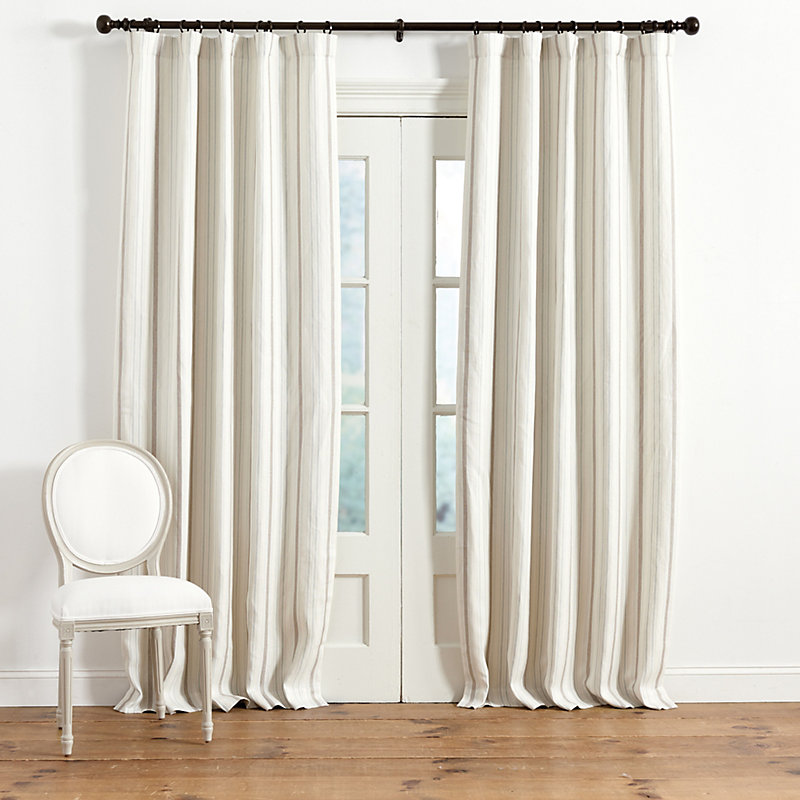Table Of Content

Since earwigs aren’t dangerous to your health or the structure of your home, you can certainly start by trying to get rid of them yourself. However, if DIY methods fail, you can always call a pest control company. Professional technicians will have the right products, equipment, and training to kill earwigs in even the smallest hiding places. They can also help identify and seal potential insect entry points into your home. Additionally, earwigs prefer a temperate climate without substantial changes in temperature, so they may try to come indoors during the cold of winter or heat of summer.
Remove excess moisture
Mulch is good for your garden, but it’s one of the insects’ favorite spots to hide. Make sure you don’t have any right up against the foundation of your house. The same goes for dead leaves or piles of wood and stone—they’re all safe havens for earwigs.
How do I get rid of earwigs in my house?
Earwigs are mainly found outside, crawling around moist areas like your garden. They are nocturnal insects that hide themselves in cracks during the day, as well as under rocks, logs and mulch. Earwigs do not reproduce indoors nor do they tend to spend long periods of time there. But if there is location that is cool and moist, such as a basement with leaky pipes or humid atmosphere, earwigs may venture there to escape the dry heat of the sun.
Earwig Pest Control Options and When to Call
Here’s how to get rid of earwigs without resorting to potentially harmful pesticides. The earwig life cycle starts as a tiny egg that the females lay in spring in nests. By early July, the nymphs have become adults and are active until late fall. The most common species of earwigs in North America — the common earwig (Forficula auricularia) — measures around 0.47” to 0.60” (12 – 15 mm). It’s possible to tell male and female earwigs apart by looking at their pincer shape. Male earwigs have characteristic curved pincers at the tip of their abdomen.
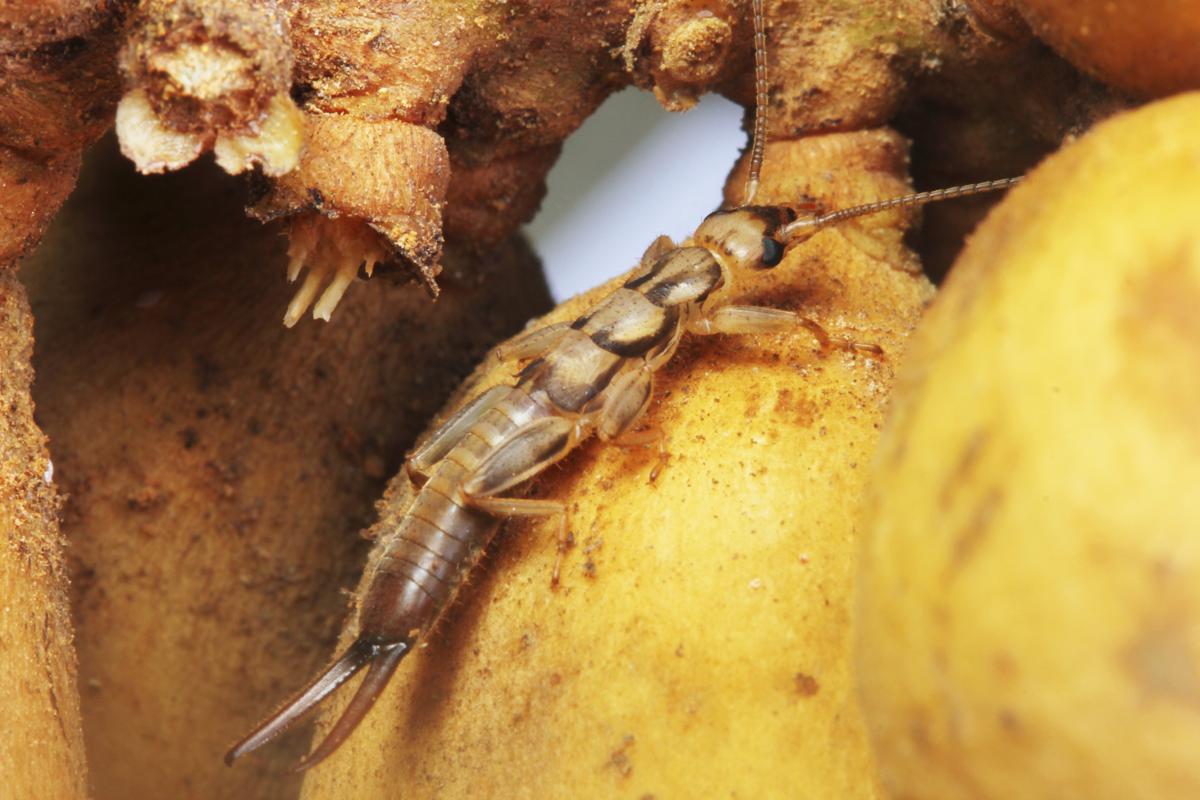
We've taken the nature-friendly middle ground which looks at the benefits of having a biodiverse backyard, while getting rid of these long-bodied invertibrae. You've probably spotted them crawl out of a crevice, or seen the damage they've done to your backyard blooms. If you suspect an earwig infestation in your home, contact a licensed pest control professional.
If you're trying to get rid of earwigs, you'll need to use sodium tetraborate sparingly, and make sure the kids or your furry friends don't ingest the stuff. And as the weather turns cool, you may find adult earwigs in your home, as they like protected, yet moist areas. If you have a damp basement, you may be setting out the welcome mat for earwigs, says Thomas Dobrinska, BCE, PHE, and technical service manager at Terminix.
Pincher Bugs Damage
Instead, they’ll make themselves at home in your yard to munch on plants, dead leaves and mulch. For a more effective solution, mix equal parts of rubbing alcohol and water in a spray bottle. You can also use this bug spray for other nasty creepy crawlies in your pantry, under sinks, or in the garden. To make a bug spray to kill earwigs, fill a spray bottle with warm water, add a teaspoon of dish soap, and shake well to mix it. Then, spray the soapy mixture on plants showing earwig activity.
Earwigs: The creepy, crawler is making its presence known around Central Iowa - The Ames Tribune
Earwigs: The creepy, crawler is making its presence known around Central Iowa.
Posted: Thu, 30 Jun 2016 07:00:00 GMT [source]
Seal cracks and crevices
Similarly, you can coat the stems of the plants with petroleum jelly, preventing earwigs from being able to crawl up them. Neither of these methods should harm your plants, but you will likely need to reapply them frequently for them to be effective. Earwigs are the sole members of the insect order Dermaptera, ancient bugs that began crawling around Earth about 208 million years ago. Today, nearly 2,000 species are scattered everywhere but in Earth’s polar regions. The name “earwig” comes from the Old English ear-wicga, which means “ear wiggler”—so named because the insect was once thought to seek out human ears to reside in.
He recommends using making a homemade bug spray with the two ingredients before spraying the liquid on the affected areas. If you're looking for advice on how to get rid of earwigs, it's likely that you've had a sighting of the pincher bug, as they're also known, in your home. After vacuuming earwigs, experts advise to either dispose of the vacuum bag, or empty the vacuum into a bucket of soapy water. Indoors, earwigs tend to gather in cabinets under your kitchen or bathroom sinks, along baseboards, or around houseplants.
Apply the white powder around plants that earwigs like to eat, or brush a fine layer directly on stems and leaves. Inside the house, you can use a small sieve to dust it around areas you've spotted the bugs surface. All you need to do is combine one part rubbing alcohol with 10 parts water, in a spray bottle. Naturally, earwigs love damp spots, so they'll be attracted to this moist confine. You might want to schedule this with trash day so they aren't laying eggs in your trash can.
If you’re wondering how to rid your home of earwigs, look no further than your vacuum. Arm yourself with a fully-charged handheld vac and vacuum them up as you encounter them. The same goes for any clusters of eggs spotted during your search. Gardeners are generally more interested in how to get rid of earwigs than in learning about their historical origins. Is your garden suffering at the hands—er, pincers—of this pest?
Fortunately, this is untrue, and you’re no more likely to find an earwig in your ear than any other insect. If you’ve got an earwig problem, here are the best pest control companies to call. See what it takes to remove the pincher bugs and keep them from returning in the future. An upturned flowerpot loosely stuffed with straw or similar on a short cane will attract them.
A caulking gun should be able to get the job done and thwart earwigs in the house. “They are more active in the warmer months, as well as early fall when leaves and plants die off or go dormant,” Clapper says. You’ll find certain species during the fall because they’re seeking protection from the cold. Clean earwigs from your plants by spritzing them with a homemade concoction of warm water and a few drops of ordinary dishwashing liquid. Pour the mixture into a spray bottle (or fill a bucket with the mixture) and spray or wipe the leaves of your plants.
Once inside, they are found near water sources, such as bathrooms, laundry rooms and kitchens. Earwigs have also been known to make their way into other household areas such as family rooms and bedrooms. Furthermore, these insects are attracted to lights, causing them to become a nuisance on patios and porches during summer evenings. The key to understanding earwigs is knowing what they want and need. Earwigs are a simple insect in that they constantly look for food and safety.


